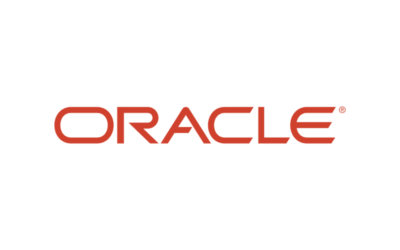The products designed by the automotive industry have similarities to the robotics industry and not just in the use of technology, but how these respective markets have developed over time.
Automation and robotics at large are gaining traction in nearly every conceivable industry. Generally speaking, there are utilitarian “built for purpose” robots and high performance robot concepts showcasing highly advanced technology and demonstrating some significant breakthrough in performance.
Automobile & Robotics Industry Parallels
In this way the products designed by the automotive industry have similarities, not just in technology but how these respective markets have developed over time. Specifically, when exploring which class of robot (high-end vs utilitarian robots) will emerge as having the highest growth and are most likely to become a financially lucrative segment of the market we can glean insights from the most successful car manufacturers.
Let’s start by looking at perhaps the most famous luxury car brand: Ferrari. Known for their ultra-high performance, top end components and luxurious amenities, Ferrari is the platonic ideal of high-end sports cars. They are amazing pieces of automotive technology and their brand says it all: they ARE the Ferrari of Ferrari afterall. They started as a company building high performance race cars and that’s the niche they have served since. They utilize the highest level of automotive technology, are built in small quantities with exacting standards and wrapped in an aesthetically pleasing package — at a high price point, of course. They wouldn’t have it any other way.
Now, let’s examine the other end of the spectrum: Ford. The Ford Motor Company, founded in 1903, paved the way for later automakers through its ground-breaking production methods, most notably assembly line manufacturing. These methods allowed the company to mass produce more affordable automobiles geared toward America’s middle class. And to this day, Ford produces a range of high-quality practical vehicles, from trucks to buses to tractors to sedans, and more
But which of these two players had the larger financial impact on the automotive market? As of 2013, Ferrari collected around $2.7 billion in annual revenue. Ford Motor Company, on the other hand, earned nearly $150 billion. Admittedly, each company is very successful doing what they do best. And to be sure, certain technology from high performance products can reach more mass-markets, but it takes time and that technology transfer is very selective. It is clear the more utilitarian approach to auto design and manufacture has been more successful from a financial growth standpoint.
Does Utility Beat Luxury?
In the robotics space, we can see the same type of distinction emerging: MIT recently developed a robotic “cheetah,” meant to replicate the movements of its real-life counterpart. It’s equipped with advanced sensors, an XBox controller, the ability to run at speeds of 10 miles per hour, and jump about 16 inches high. It’s an amazing piece of technology.
Although the MIT researchers hope the cheetah will eventually pave the way for revolutionary prosthetics, wearable technology, and all-terrain vehicles, the prototype currently has no practical application and is immensely expensive. “In the next 10 years, our goal is we are trying to make this robot to save a life,” say the researchers.
The ASIMO from Honda is another incredible, high performance robot. Like the Ferrari, it’s expensive and its reputation certainly precedes it. Some estimates put ASIMO at $1M per robot. But unlike Ferrari cars, the ASIMO is not for sale. It has been in development for the last 20 years and it seems its most common claim to fame is…well…fame itself. Popular Mechanics provides an interesting perspective on this and in 2008 posed the basic question “when will this robot get a job”? I don’t think that question has yet to be answered.
Time will tell whether industry will embrace the Ferraris of the robotics world, like MIT’s cheetah, or the Fords. But if history is any indication, we’re betting on the flexible, affordable, practical robotic technology that’s already being embraced by companies, hospitals, and people across the world.




